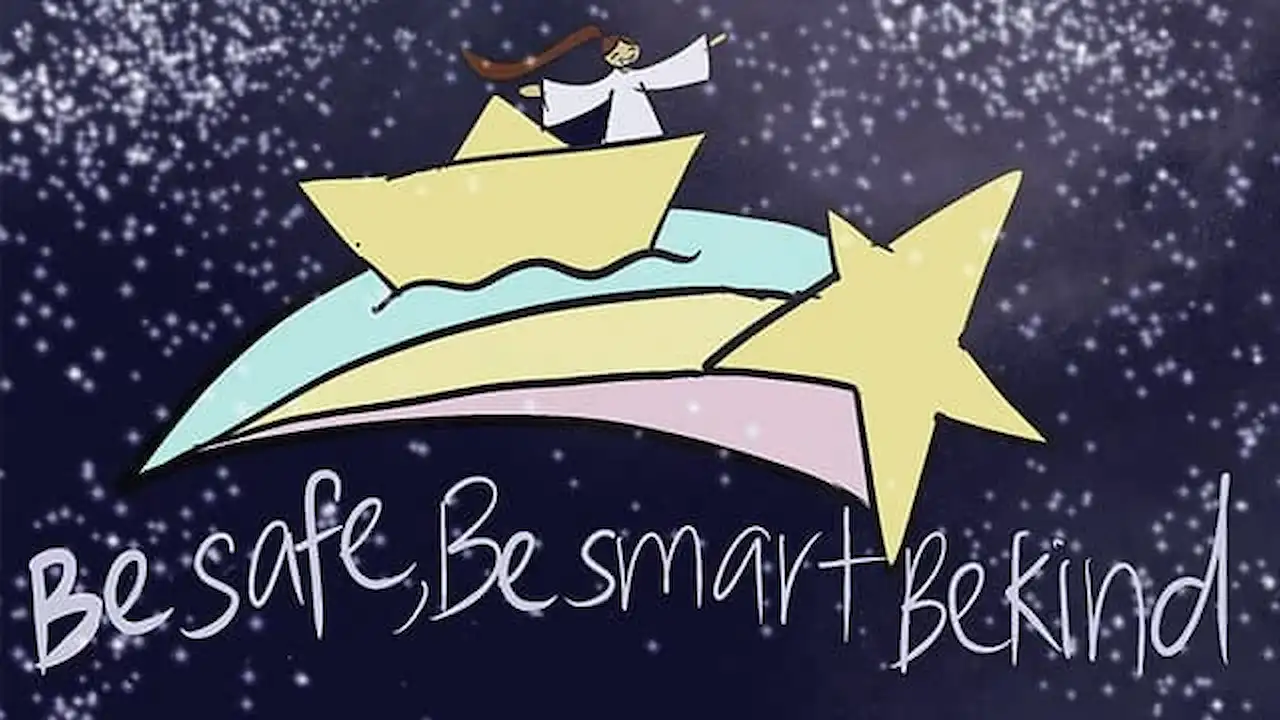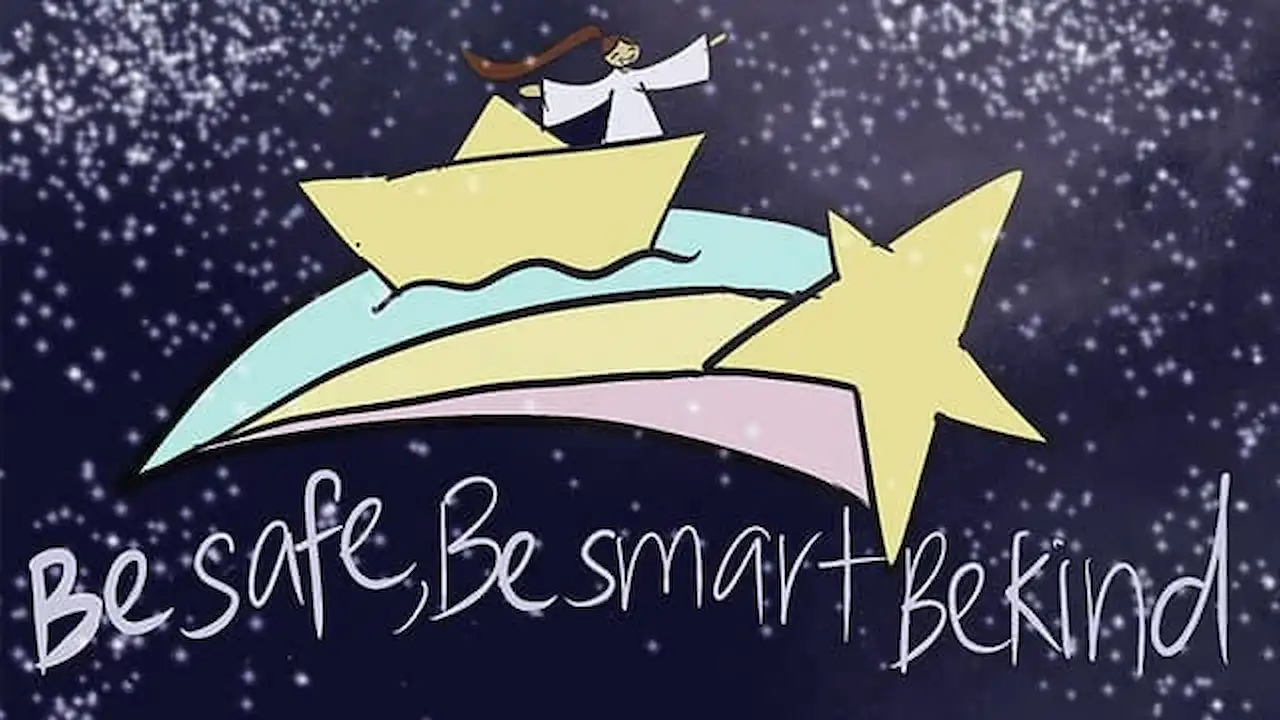Creating innovative digital products, using big data for tech-enabled solutions, and simplifying daily activities such as paying for goods and services using technology. These are concepts we often associate with building a Smart Nation.
But for Michelle Lim, the CEO of social enterprise creative agency Make The Change (MTC), a smart nation goes beyond just equipping people with skills such as coding, introducing apps or upgrading our devices.
“I believe a smart nation is fundamentally about its people who understand what digital and media literacy is. We need them to use technology compassionately and promote inclusivity. When you hold the right values, these devices are just tools for you to build better living conditions,” explains Michelle, who is also the CEO and co-founder of award-winning advertising school, M.A.D. School by Chatsworth Medi@rt Academy.
Determined to help people create, collaborate and share digital content online responsibly, she and her team at MTC started its Digital Arts For All (DAFA) initiative in 2018. This workshop-style programme is conducted either over a few hours or two days, and outreach is done primarily with schools. Supported by the Media Literacy Council (MLC), the team also takes DAFA to eldercare centres and works with persons with disabilities.
DAFA is focused on tackling three digital literacy concepts: how to be safe online, how to be smart when using various sites, and how to be kind to others and prevent cyber-bullying. But more than just going through how to navigate the online world, participants get the chance to express their feelings and interpretations of digital literacy through art.
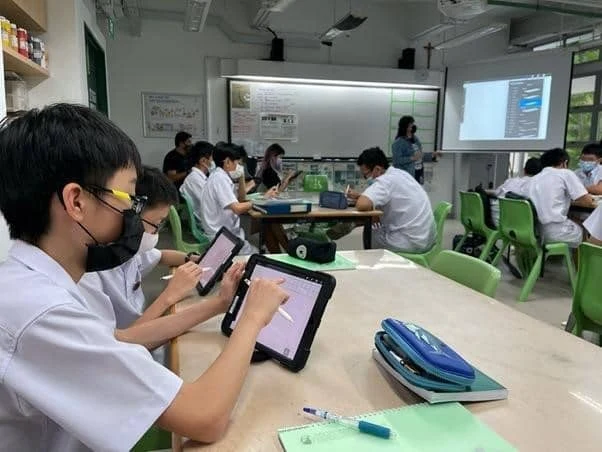
Apple-certified teachers, armed with iPads, first teach participants about the three concepts through experiential learning and encourage critical thinking. They also get an introduction to modern and digital art, upcoming art trends and which digital tools and apps to use to create artwork. Towards the end of the programme, students are encouraged to create gifs (a series of looping, animated images) or digital illustrations to represent the three concepts. Through informal surveys and conversations during the workshop, youths are also introduced to the MLC’s website, where they get resources to learn how to create a Better Internet and be a responsible digital citizen.
Since it started three years ago, the programme reaches about 1,000 individuals every year. From September 2020 to March 2021, DAFA conducted about 20 workshops for about 600 participants in schools.
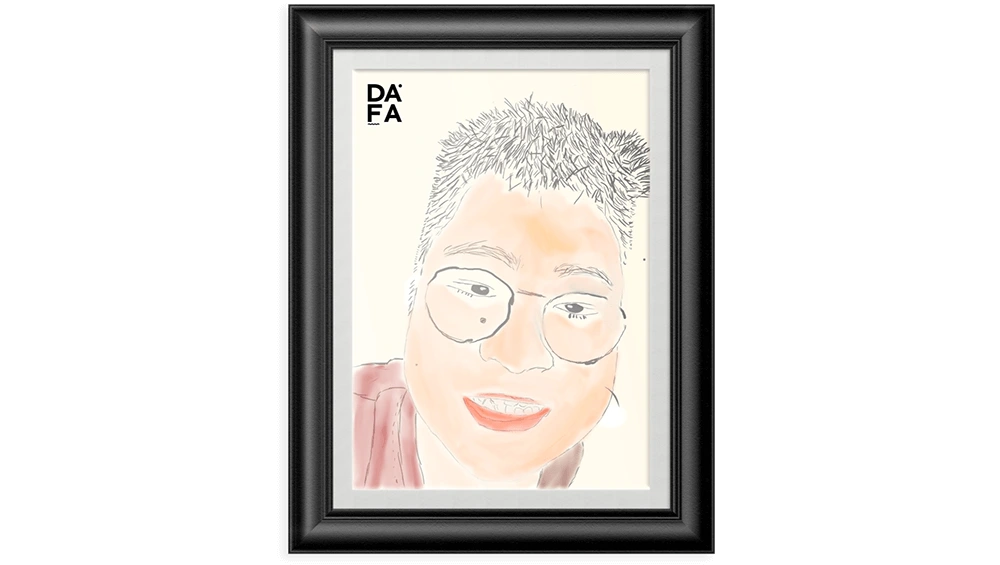
Using art to teach digital literacy was a natural fit for this educator and changemaker who believes that anyone can be creative. Michelle, who has nurtured many award-winning creatives through her hands-on teaching methodology over the years, says that she has seen many compelling and thought-provoking art from students. For example, some of the youths draw pieces about being chained to their addictions or cyber-bullying. These works are on show in a virtual gallery on DAFA’s website.

“The way they express their inner world is impressive, and it helps us understand their struggles. Many feel that they have to look cool in front of their friends, so they suppress their thoughts. Art allows them the freedom to express themselves. The workshop becomes a catalyst for them to explore their feelings further.”
Temasek Junior College student Jessie Cheong, who participated in the workshop in January 2021, liked that the two-hour session was interactive and went in-depth in exploring media and digital literacy. One of the things that stuck was her was a video that showed how people can easily wean detailed personal information just by looking at pictures or videos posted on one’s social media accounts.
Besides that, she also got the chance to learn about and use Procreate, the digital illustration app that DAFA uses for its workshops. It was her first time using the app, and her artwork featured an anime character and a quote that she animated.
She says, “The video prompted me to be more careful about what I post online, while the quote that I included was something that the trainer said to us about how we shouldn’t take things we see online at face value. I thought the workshop was engaging and hands-on, and it was pretty easy to learn how to use the app.”
Workshops for seniors have also taken off. The DAFA team works closely with social service agencies to identify eldercare centres that might benefit from the programme and have conducted DAFA workshops at Apex Harmony Lodge, St Luke’s ElderCare, Methodist Welfare Services, and Montfort Care - Goodlife.
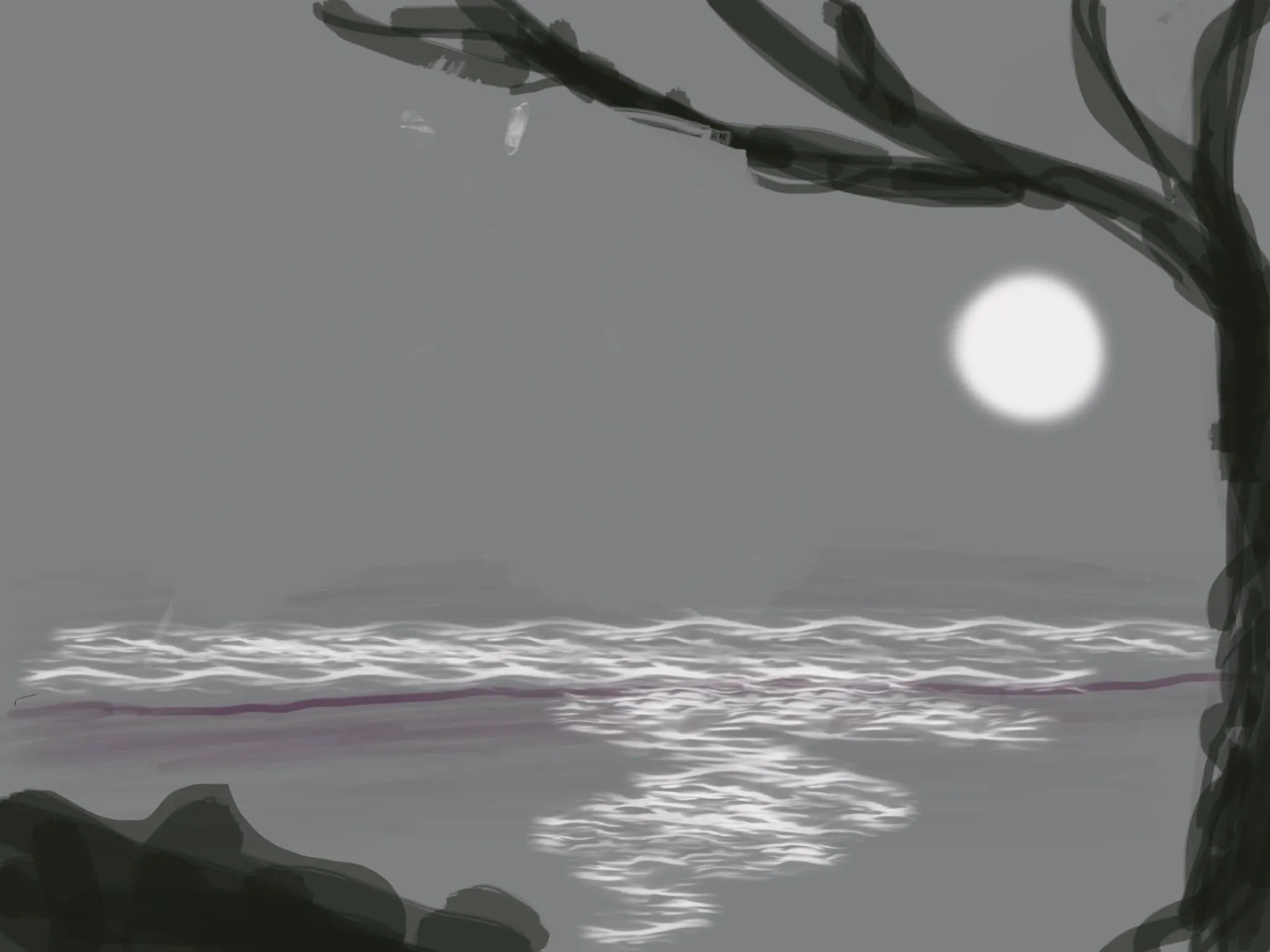
Michelle shares that the seniors think that they may not be creative enough to make art, but once they are encouraged to start, the creative juices flow. Often, they draw self-portraits, scenes of nature, or fruits. Besides learning how to sketch and colour on a digital device, they also get lessons on online safety and how to stop the spread of fake news.
“For the elderly, drawing helps break down the barriers of using digital tools. We’re creating a safe environment for them to learn, and that would make them more daring to learn and adopt new technology.”
Her long-term goal is to get government schools, student care centres and elder care centres to make DAFA a co-curricular activity (CCA) club or resident programme, where they deep dive into understanding digital and media literacy. She is also calling for donations of second-hand iPads so that the team can host more participants.
“This is a skill that no one can be exempted from today. As such, we hope that we can reach more people of all ages through DAFA. We should start education early, especially with school children, so that we can empower them to be discerning and make good decisions when they go online.”
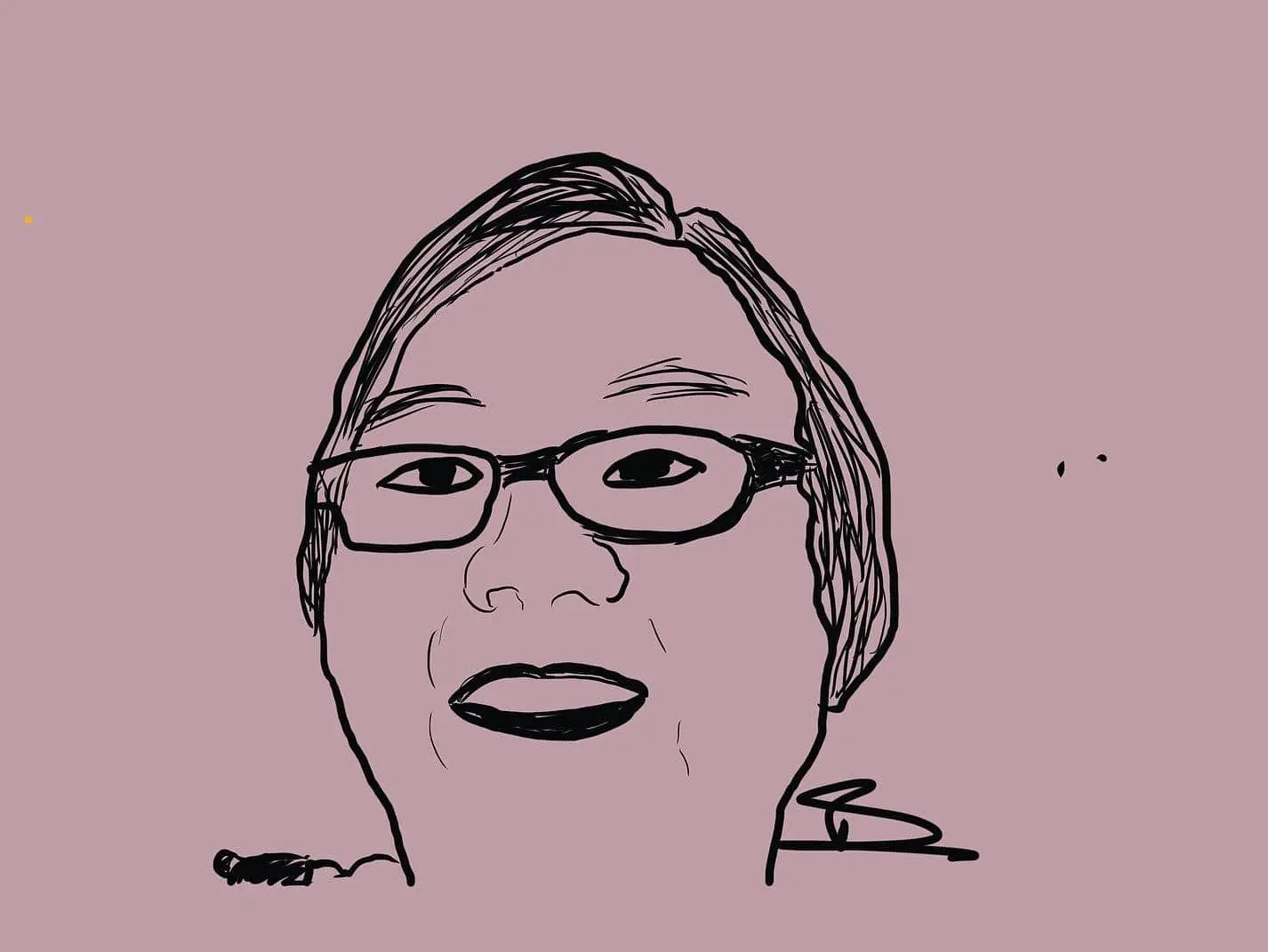
As Singapore does more to tackle issues like fake news and cyber-bullying and promote responsible digital citizenship, Michelle anticipates more organisations will come up with programmes that deal with digital and media literacy.
Her tip for those who are motivated to start their own digital wellness movement: stay humble and first listen to the people you want to help.
“Don’t get too excited about proposing a solution immediately. If possible, go down to the field to interview whichever community you want to help to get sufficient insight from the people themselves. Help can be in many forms, but if people don’t see change as empowering, but a violation of their will and habits, then they will resist your efforts.”
She also encourages those who want to do good for the community to first research and explore potential collaborations with organisations that may already be doing something similar. Pooling resources together, she says, will bolster the cause and avoid duplicating efforts. For example, DAFA is focused on using art as a medium, but she says that those who are good at writing or photography can team up to expand DAFA’s offerings.
“Know what’s being offered in the marketplace and then see how you can build on top of it. We all have the same purpose so it would be better if we work together. I hope that people who are interested to do something will have their aims centred on the community. Your ‘Why?’ for (starting a community project) must be strong.”
There are many ways you can engage DAFA or get your project started:
- If you would like to donate an iPad/iPads or have DAFA conduct a workshop at your organisation/school, please e-mail info@makethechange.sg. MTC also offers “Train the Trainer” workshops to prepare those who want to conduct the DAFA programme on their own.
- Learn how you can start an initiative that helps build a digitally inclusive society or contribute to the Digital for Life Fund.












